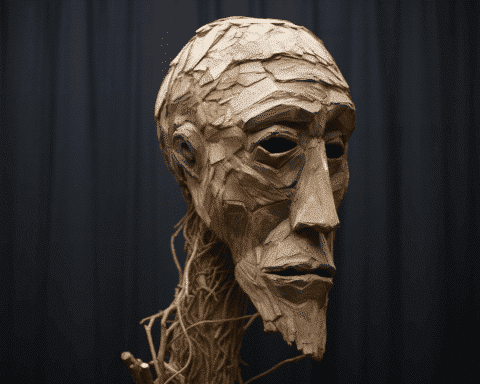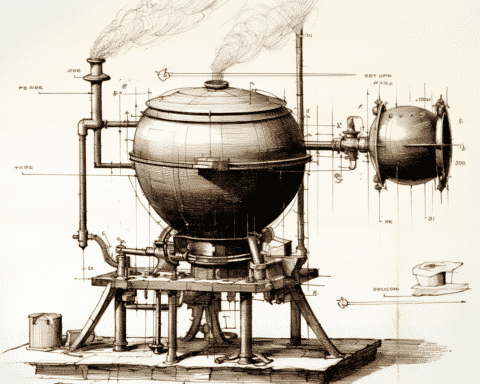A family visit to the Hecht Museum in Haifa, Israel, turned into an unexpected event when a 4-year-old boy accidentally shattered a 3,500-year-old Bronze Age jar. The incident has sparked discussion about museum practices and the accessibility of historical artifacts. Despite the accident, the museum remains committed to preserving the charm of viewing ancient relics without glass enclosures.
An Unfortunate Accident at the Hecht Museum
The Hecht Museum, located at the University of Haifa, is renowned for showcasing archeological discoveries without glass barriers, a tradition established by the museum’s founder, Reuben Hecht. This policy allows visitors to have a close experience with history. Unfortunately, on a recent visit, a 4-year-old boy’s curiosity led him to “pull the jar slightly,” according to his father. Still in shock, the father told the BBC, “It wasn’t my child that did it,” when he realized his son was responsible for the damage.
The Significance of the Broken Artifact
The jar dates back between 2200 BC and 1500 BC and was an essential piece of history. It predates King David and Solomon’s reigns and would have been used to store liquids like wine or olive oil. The Hecht Museum highlighted the significance of this artifact, explaining that while many similar vessels have been found, most were broken or incomplete. This jar was discovered intact, which made it an “impressive find,” according to a museum statement.
A Positive Response to the Incident
Despite the damage, the museum maintains a positive outlook. Inbal Rivlin, the museum’s head, spoke to Israeli news outlet Ynet and emphasized that the Hecht Museum is “not a mausoleum but a living place, open to families (and) accessible.” She added, “We are appealing to parents: Don’t be afraid. Things like this happen. We will fix (the jar) and put it back.” The museum has since printed new signs indicating which items can or cannot be touched to prevent future accidents.
The Restoration Efforts
The museum has already taken steps to restore the broken jar. A restoration expert has been enlisted to repair the artifact, using photographs as a guide. The museum reassured the public, saying, “The jar will be returned to its place in a short time,” and promised to use the restoration process as an educational opportunity for visitors. However, the boy’s father expressed sadness, telling the BBC, “I’m sorry that the jar will no longer be the same item.”
While the accidental shattering of an ancient jar could have been a significant loss, the Hecht Museum’s response reflects its dedication to education and accessibility. The museum will continue to make history approachable for families, even as it carefully repairs and restores this important piece. This incident serves as a reminder of the balance museums must strike between preservation and accessibility, ensuring future generations can appreciate these treasures.


